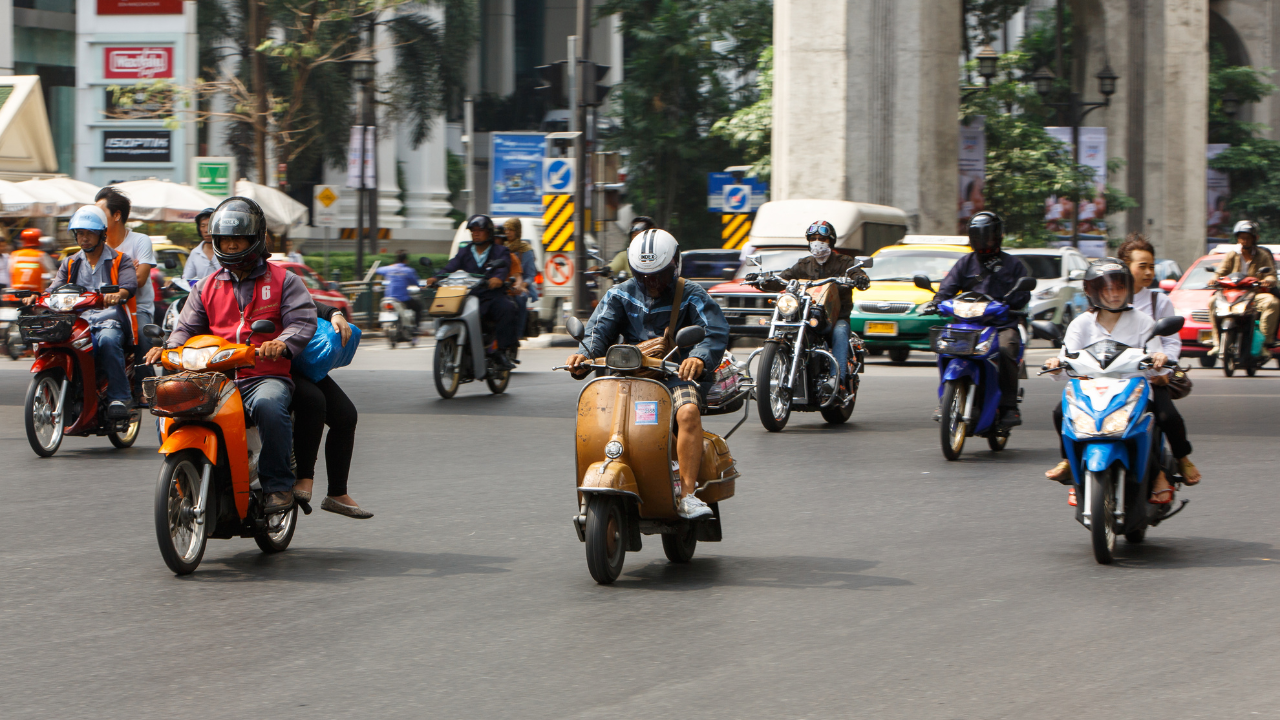 Intersections pose significant risks to road users, with an unreasonable number of fatalities and serious injuries occurring at these junctions. Globally, intersections account for an average of 20% of road deaths and 30% of serious injuries, with pedestrians, cyclists, and motorcyclists being particularly vulnerable. These groups make up approximately half of all fatalities at intersections.
Intersections pose significant risks to road users, with an unreasonable number of fatalities and serious injuries occurring at these junctions. Globally, intersections account for an average of 20% of road deaths and 30% of serious injuries, with pedestrians, cyclists, and motorcyclists being particularly vulnerable. These groups make up approximately half of all fatalities at intersections.
Urban priority-controlled and roundabout intersections are of particular concern. These are some of the spots where cyclists and motorcyclists are involved in a substantial proportion of severe and fatal injuries.
The victims should seek the services of an experienced motorcycle accident lawyer to help secure fair compensation.
Traditional traffic safety evaluation methods rely on chronological crash data and conventional data collection techniques, such as pavement intrusive counters. However, these approaches have limitations in predicting and preventing crashes. The advent of new technologies offers opportunities for more accurate crash predictions and reliable safety measures without the need for crash data.
Brief overview of the importance of intersection safety for motorcyclists
Intersections are critical roadway points where multiple paths intersect, presenting unique challenges and risks for motorcyclists. Understanding these risks is crucial for improving safety and reducing accidents.
This article provides an in-depth analysis of intersection risks for motorcyclists, including types of intersections, factors contributing to accidents, common accident types, safety measures, legal considerations, and case studies/statistics.
Intersection Types
There are various types of intersections, each presenting different risks for motorcyclists. Controlled intersections, where signals or signs regulate traffic, can be safer due to more explicit right-of-way rules.
Uncontrolled intersections, needing more traffic signals or signs, require extra caution.
T-intersections and roundabouts also have specific challenges for motorcyclists.
Factors Contributing to Intersection Accidents
Several factors contribute to intersection accidents involving motorcyclists. Driver behavior, which includes failing to yield the right-of-way or being distracted, is a common cause.
Environmental factors, including poor visibility or road conditions, can also play a role.
Additionally, motorcycle-specific factors like size, visibility, riding skills, and braking capabilities can increase the risk of accidents as well.
Common Types of Intersection Accidents
Intersection accidents involving motorcyclists fall into familiar patterns. Rear-end collisions can occur when a motorcycle stops suddenly or is not seen by a following vehicle.
Left-turn accidents happen when a vehicle turning left fails to yield to an oncoming motorcycle.
Side-impact collisions, or T-bone accidents, can occur when a vehicle jumps a red light or stop sign, hitting a motorcycle in the intersection.
U-turn accidents can also be a risk, especially if a driver misjudges the speed or distance of an approaching motorcycle.
Safety Measures for Motorcyclists at Intersections
Motorcyclists can take several safety measures to reduce the risk of accidents at intersections. Defensive riding techniques, which include anticipating potential hazards, maintaining a safe speed, and following distance, are essential.
Proper positioning within lanes can also help. Using signals and lights to communicate intentions and make intentions clear to other road users is crucial as well.
Legal Considerations for Intersection Accidents
In intersection accidents, determining fault and liability can be complex. Insurance coverage for intersection accidents may vary, highlighting the importance of understanding policy terms and seeking legal advice.
Legal representation can help protect the rights and interests of motorcyclists involved in intersection accidents.
Case Studies and Statistics
Real-life examples of intersection accidents involving motorcyclists underscore the importance of intersection safety. Statistical data on intersection accidents and injuries/fatalities for motorcyclists provide valuable insights into the scope of the issue and areas for improvement.
In conclusion, safety at intersections is critical for motorcyclists, given the unique risks intersections pose. When you understand these risks and take proactive safety measures, motorcyclists can reduce the likelihood of accidents and injuries.
See some more of my lifestyle posts here
